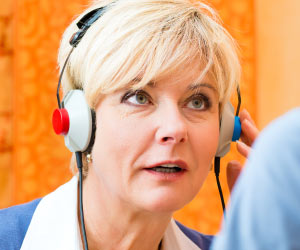Researchers at the University of Illinois have found in a study that the educational TV programmes made for children lack both quality and quantity.
Researchers at the University of Illinois have found in a study that the educational TV programmes made for children lack both quality and quantity.
Barbara Wilson, a communication professor at the university, said that commercial broadcasters were doing the "bare minimum and not much more" for children's educational programming.Presented at a news conference at the National Press Club in Washington, D.C., the study showed that one in eight TV shows labelled by broadcasters as educational/informational programming for children was rated as "highly educational", and about one in four was rated "minimally educational".
It also showed that about 59 per cent broadcast stations offered only the minimum of three hours per week of educational/informational programming, as required by federal legislation, and only three per cent of stations offer more than four hours.
The researchers also said that three-quarters of stations confined all of their E/I programming to weekends, and that over a quarter of programs were rated as high in depictions of either physical or social aggression.
"As parents, I think we have a right to expect that if commercial channels are using the public airwaves, they're supplying something good for kids. That's what the Children's Television Act mandates. But I don't think the spirit of the policy is being followed here," says Wilson.
She was also worried about the imbalance between three types of educational lessons - social-emotional (self-esteem, personal feelings, relationships), cognitive-intellectual (academic), and health.
"You're getting a much less diverse set of lessons and content in commercial television than you are if you go to PBS (Public Broadcasting Service)," she said.
"Why should the higher quality shows be mostly on PBS? We ought to be able to expect the same level of quality across the board," she said.
The full study is available on the web site of Children Now, a California-based nonpartisan research and advocacy organization that focuses on issues of health care, education and media.
Source-ANI
LIN
 MEDINDIA
MEDINDIA




 Email
Email




